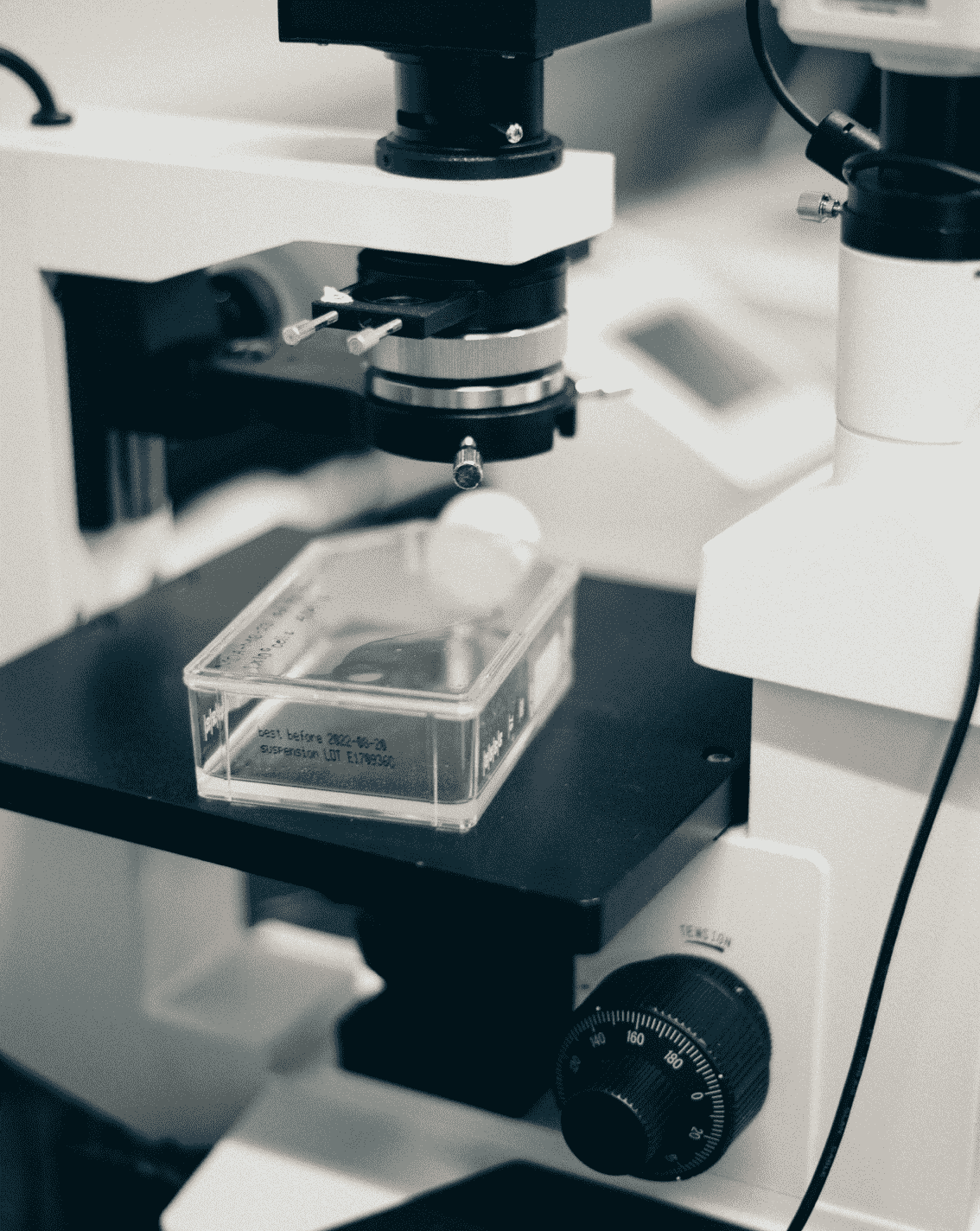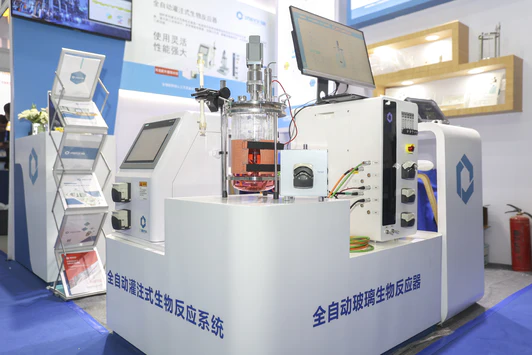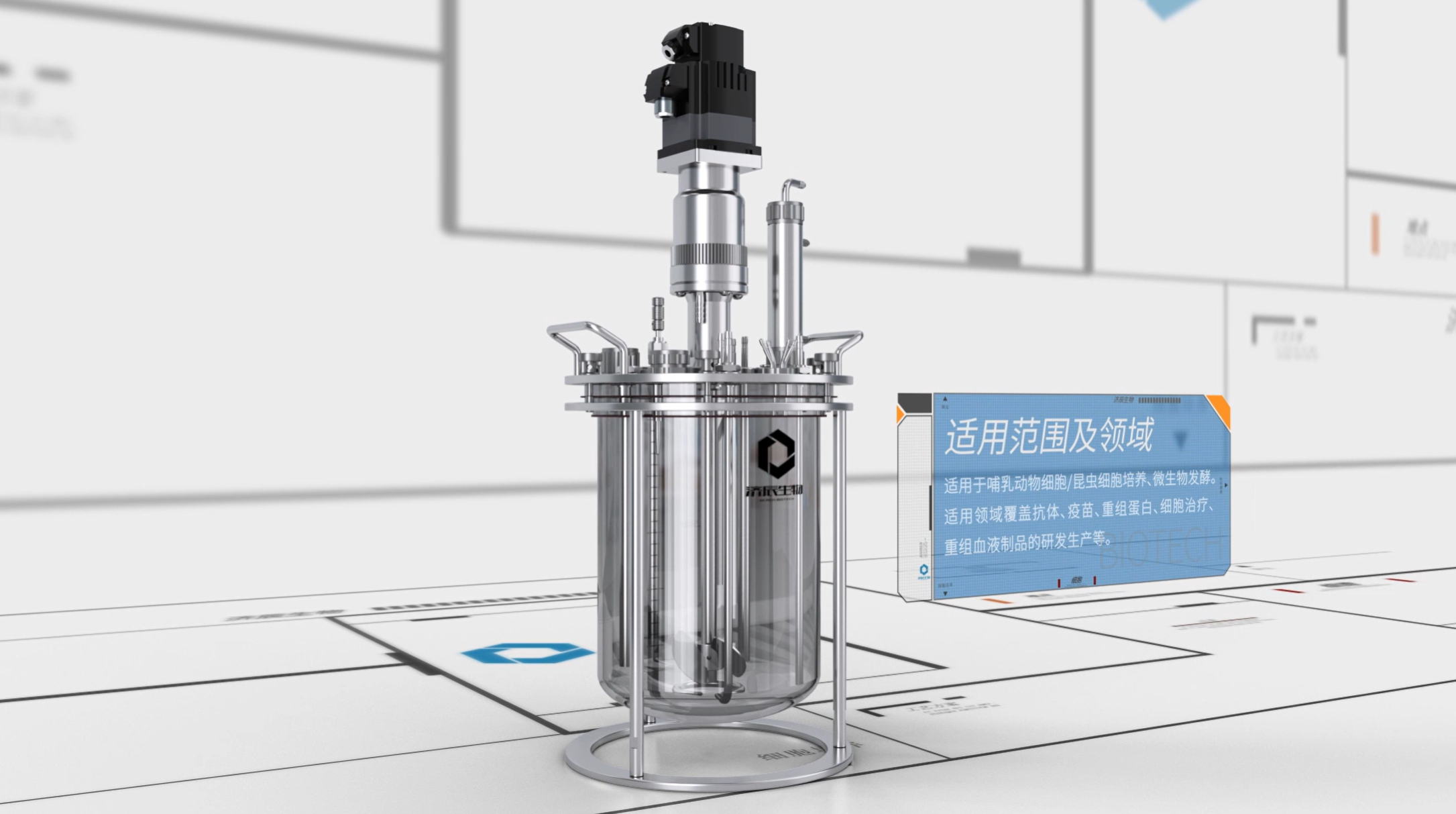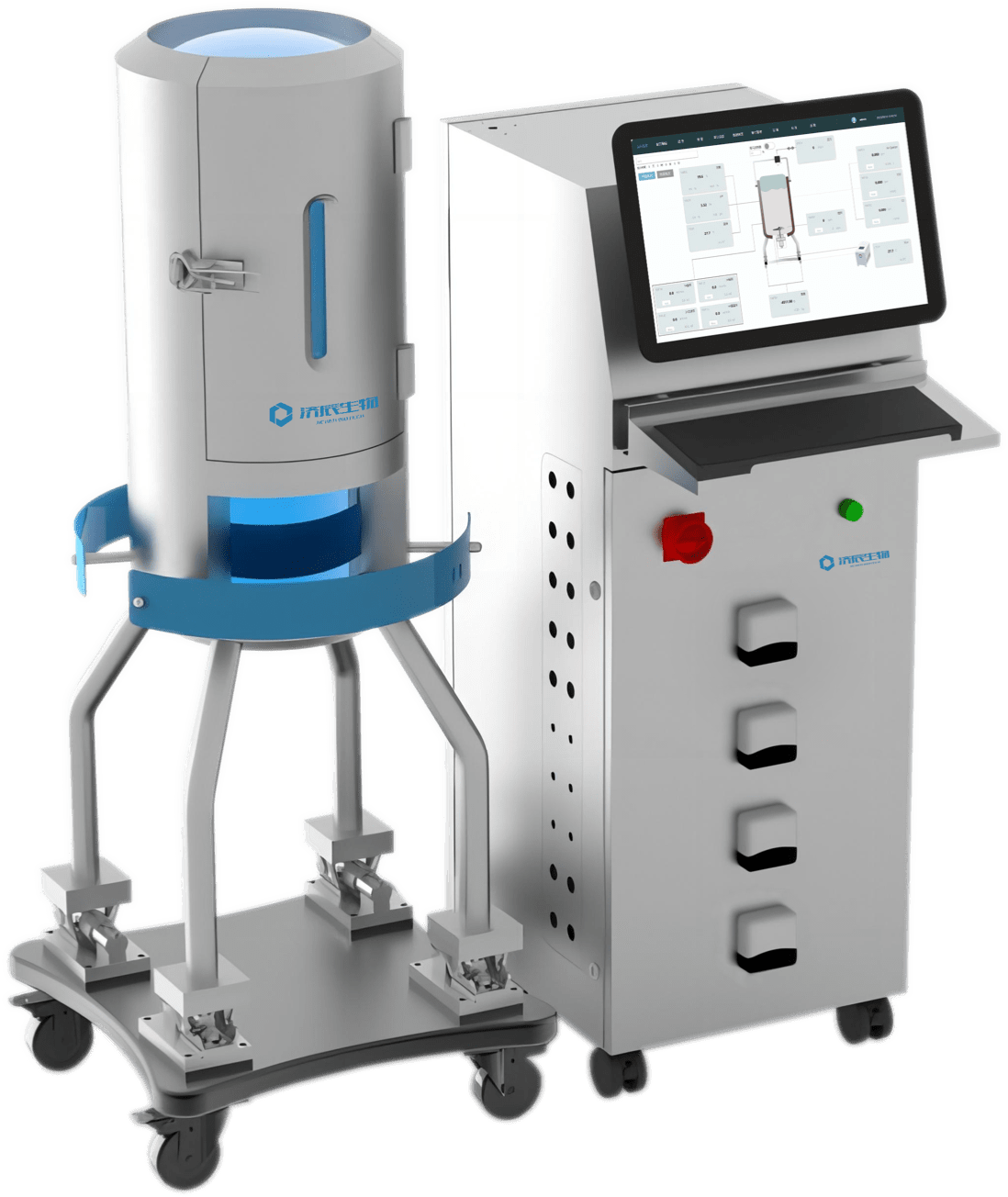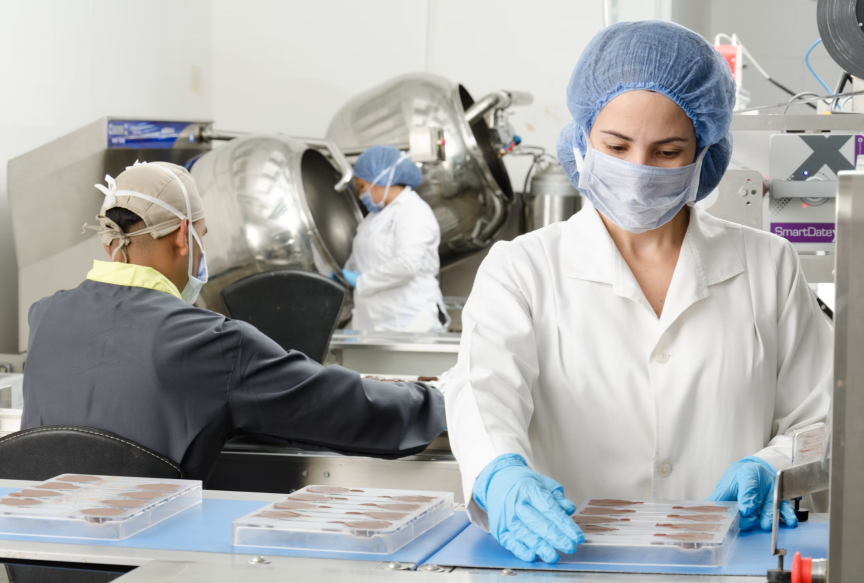Lactic acid sensors play a crucial role in the biopharmaceutical production industry. The following is a detailed article based on the latest research, exploring the application of lactic acid sensors in biopharmaceutical production.
Importance of Lactic Acid Sensors
Lactic acid, traditionally viewed as a waste product of glucose metabolism, is increasingly recognized as an important intercellular energy currency that plays a key role in the biological fueling of mammals. Therefore, the development of sensors capable of accurately detecting lactic acid is vital for biopharmaceutical production.
Genetically Encoded Fluorescent Biosensors
Recently, a genetically encoded fluorescent biosensor named eLACCO1.1 has been developed for the detection of extracellular lactic acid in mammalian cell cultures and brain tissues. This sensor enables cellular resolution imaging, which helps to gain insights into the transport and function of lactic acid between cells.
Moreover, researchers have developed a pair of high-performance genetically encoded biosensors: a green fluorescent biosensor for extracellular lactic acid (eLACCO2.1) and a red fluorescent biosensor for intracellular lactic acid (R-iLACCO1). These sensors enable multiplexed fluorescence imaging in both spectral and spatial domains, providing powerful tools for studying the dynamics of lactic acid inside and outside the cells.
Electrochemical Lactic Acid Sensors
In another study, an electrochemical sensor based on lactic acid oxidase has been used for the continuous detection of lactic acid in human sweat and serum. This sensor utilizes lactic acid oxidase from Aerococcus viridians (Lox) and shows electrochemical sensing capabilities for lactic acid in physiological fluids within a laboratory setting. The sensor effectively senses lactic acid even at reduced operating voltages, making it suitable for further optimization for commercial development.
Review Studies
A review article meticulously examines different types of electrochemical lactic acid sensors, including those based on lactic acid oxidase (LOD) and lactate dehydrogenase (LDH). The article discusses key parameters such as the fabrication support, linear range, response time, detection limit, and the strengths and weaknesses of these sensors. These studies provide valuable insights for the design and application of lactic acid sensors in biopharmaceutical production.
Conclusion
The application of lactic acid sensors in biopharmaceutical production is on the rise, particularly in complex biological processes that require precise monitoring and detection of lactic acid. From genetically encoded fluorescent sensors to electrochemical sensors, the development of these advanced tools offers new perspectives for understanding the role of lactic acid in biological systems, while also bringing higher efficiency and accuracy to the biopharmaceutical industry. With the continuous advancement of technology, we can expect to see more innovative and optimized applications of lactic acid sensors in the future.
